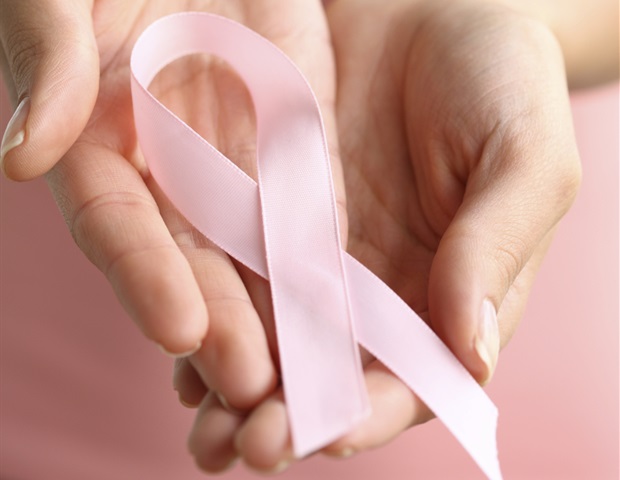Having dense breasts (extra fibroglandular tissue than fatty tissue, as visualized on a mammogram) reduces the sensitivity of mammography by masking breast cancers and carries a 1.6- to 2.0-fold elevated impartial danger for breast most cancers. To tell girls about these dangers, 38 U.S. states and the federal authorities have enacted laws requiring a written dense breast notification (DBN) of a affected person’s breast density after a mammogram, however there nonetheless is proscribed proof about what breast density means, and what the implications are, to girls.
In line with a brand new examine, whereas girls are receiving these notifications about their breast density, not all recipients are absolutely understanding what they imply when it comes to future well being implications. Boston College College of Medication researchers counsel that information about breast density and its related dangers is partly linked to girls’s race/ethnicity and well being literacy.
Our findings, along with prior stories counsel that DBNs alone usually are not adequately educating girls, counsel that improvement of future notifications warrants additional refinement and testing.”
Nancy Kressin, PhD, professor of drugs at BUSM, corresponding writer
To evaluate girls’s information about breast density after receiving a notification, the researchers carried out a phone survey and interviews amongst a racially/ethnically and well being literacy degree various pattern. Though most ladies responded accurately that breast density is expounded to the quantity of fatty versus connective tissue, the researchers noticed important variations by girls’s race/ ethnicity, whereby Non-Hispanic White girls have been much less prone to reply accurately than Non-Hispanic Black girls.
Solely 47 % of girls accurately indicated that having dense breasts will increase one’s danger of breast most cancers; girls with low well being literacy have been extra typically right. Fifty-eight % of girls accurately indicated that breast density shouldn’t be associated to the touch, with greater accuracy amongst non-Hispanic white girls and people with better well being literacy. Eighty-seven % of girls acknowledged that breast density is recognized visually by way of mammogram, with no important variations in responses by race/ethnicity or well being literacy.
Qualitative outcomes revealed extra dimensions of understanding: Some girls incorrectly reported that density might be felt, or dense breasts have been lumpier, thicker, or extra compacted; others recognized ”dense” tissue as fatty. Interpretations of danger included that breast density was an early type of breast most cancers.
“The final word objective of DBNs is to teach girls about breast density, to information their future choices about breast most cancers screening. Thus, in-depth characterization of girls’s information after receiving a DBN may also help make sure that future well being communications are accessible and comprehensible to all recipients,” provides Kressin.
These findings seem on-line within the Journal of Ladies’s Well being.
Supply:
Journal reference:
Kressin, N.R., et al. (2022) Ladies’s Understandings and Misunderstandings of Breast Density and Associated Ideas: A Blended Strategies Examine. Journal of Ladies s Well being. doi.org/10.1089/jwh.2021.0343.

